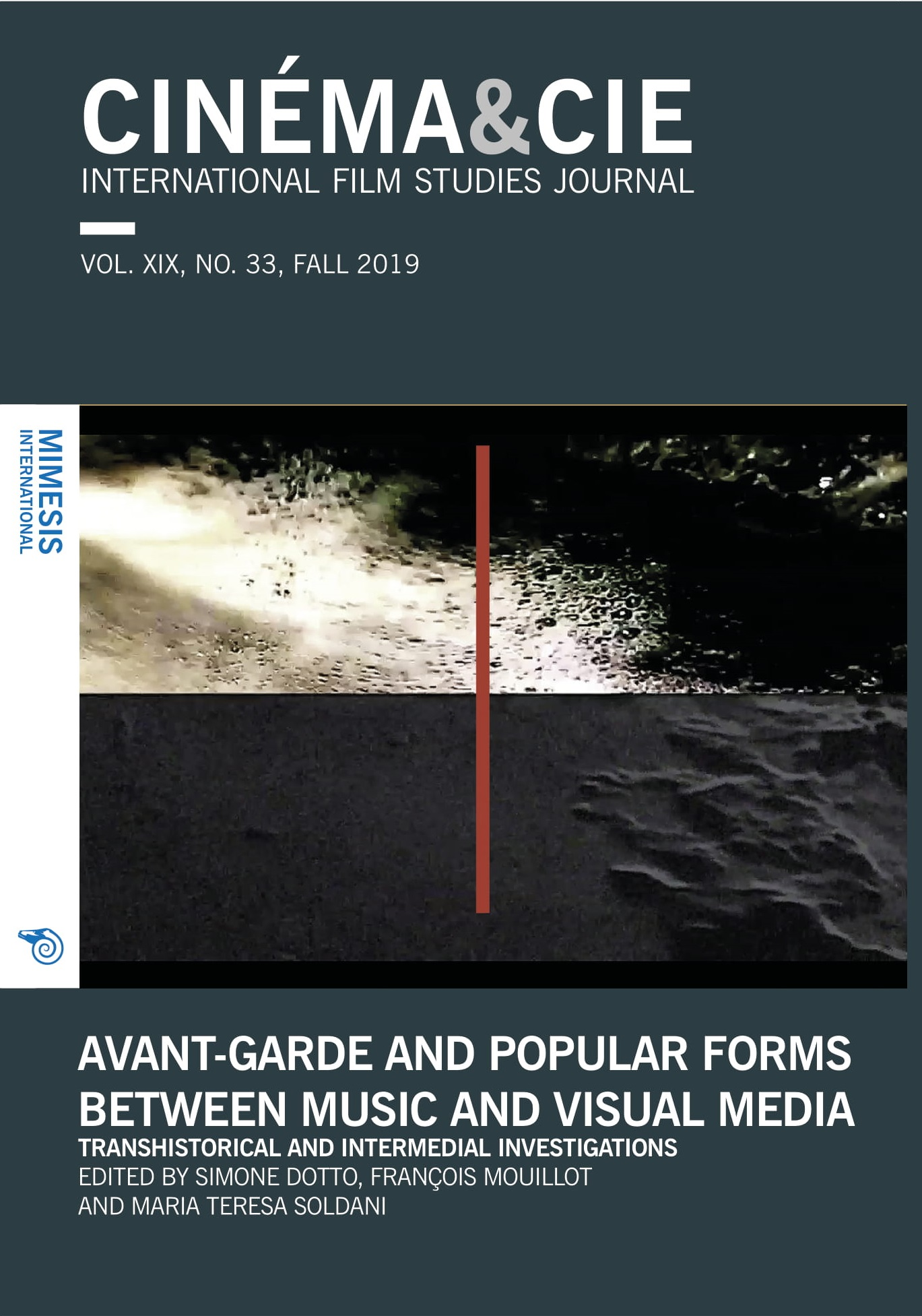Cathode Mamma: Post-punk and Television in Italy
Abstract
Spanning from the late 1970s throughout the 1980s, the music-based subculture known as post-punk was characterized by an antagonistic attitude towards mass media and pop culture. This resulted frequently in acts of appropriation and parody, conducted through a multidisciplinary set of visual and performative forms of artistic expression that were complementary to music, namely film, video, performance, fashion, design and marketing. Borrowing tactics from historical and post-war avant-gardes – from Futurism to Situationism – and in line with the postmodernist ethos of such movements as the Pictures Generation, one of post-punk’s recurring targets was television, blamed for its power to produce clichés with which viewers identified. While much has been written on American and British post-punk, little is known on peripheral scenes where this subculture assumed specific traits. This paper focuses on Italian post-punk and its unique ‘response’ to the epochal passage in Italy from state television to a privately owned, diversified, commercial mediascape. Although rooted in the 1977 counterculture, which harshly criticized mass media, Italian post-punk developed an ambiguous relationship with television, shifting from critique to complicity. For some, TV was the subject of sonic and visual parodies; for others, those who embraced the music video form, it became a useful medium. The paper reconstructs the cultural milieu of Italian post-punk in parallel with the diffusion of commercial television.
Downloads
Published
How to Cite
Issue
Section
License
Copyright (c) 2021 Cinéma&Cie. Film and Media Studies Journal

This work is licensed under a Creative Commons Attribution 4.0 International License.





